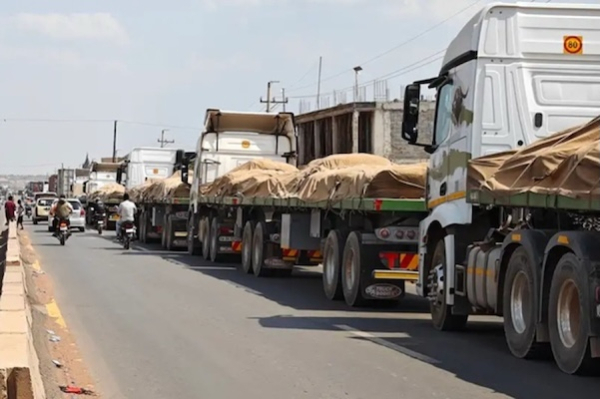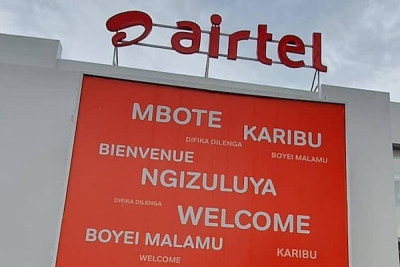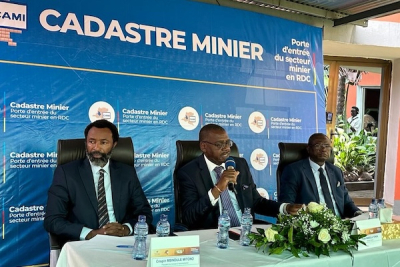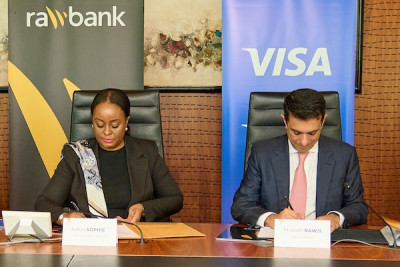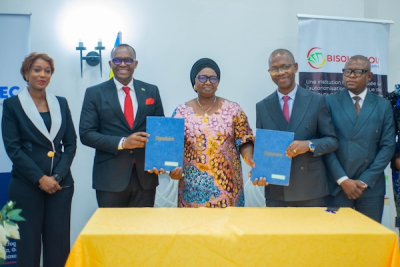The Walvis Bay Corridor Group (WBCG) announced on September 30, 2025, that the Namibian consulate in Lubumbashi, Democratic Republic of Congo (DRC), is now issuing visas to Congolese citizens. The move is a milestone for the WBCG, which successfully lobbied for the consulate’s opening in November 2023.
The WBCG manages the Walvis Bay-Ndola-Lubumbashi Development Corridor (WBNLDC), a 2,690-kilometer trade route linking Lubumbashi to the port of Walvis Bay, Namibia, with a transit time of four to five days. The corridor is a lifeline for copper and cobalt exports from the DRC’s Katanga belt and a cornerstone of Namibia’s economy.
Until now, Congolese citizens, especially truck drivers, had to travel to Namibian embassies in Lusaka or Kinshasa to obtain visas, a requirement that acted as a non-tariff barrier, slowing transit and reducing the corridor’s competitiveness compared to other Southern African Development Community (SADC) routes.
The new visa service is expected to strengthen Walvis Bay’s position against the Lobito Corridor in Angola, which has strong backing from the United States and the European Union. Lobito offers a shorter route to the Atlantic through Luau on the Congolese border and could draw away significant mining traffic. Operators such as Kamoa Copper, which runs Africa’s largest copper mine, have already announced plans to increase exports via Lobito.
Challenges remain. The Walvis Bay route continues to suffer congestion at the Kasumbalesa border post between the DRC and Zambia. To ease the bottleneck, the WBCG is promoting the Kolwezi-Solwezi route, which would bypass Kasumbalesa through an alternative crossing. Road upgrades and new dry ports are under construction to reduce logistics costs and delays.
These efforts fit into broader SADC plans to harness the mining potential of the Copperbelt. As landlocked countries, both the DRC and Zambia depend heavily on neighbors’ infrastructure, particularly since the DRC’s own port of Banana remains poorly accessible, nearly 2,670 km from the mining zones.
Founded in 2000 as a public-private partnership, the WBCG’s mission is to promote and manage Namibia’s corridors, linking Walvis Bay and Lüderitz to regional markets. By connecting Walvis Bay to the mining areas of Zambia and southeastern DRC, the WBNLDC facilitates mineral exports to the Atlantic as well as imports of consumer goods, mining equipment, and agricultural inputs.
Timothée Manoke.






